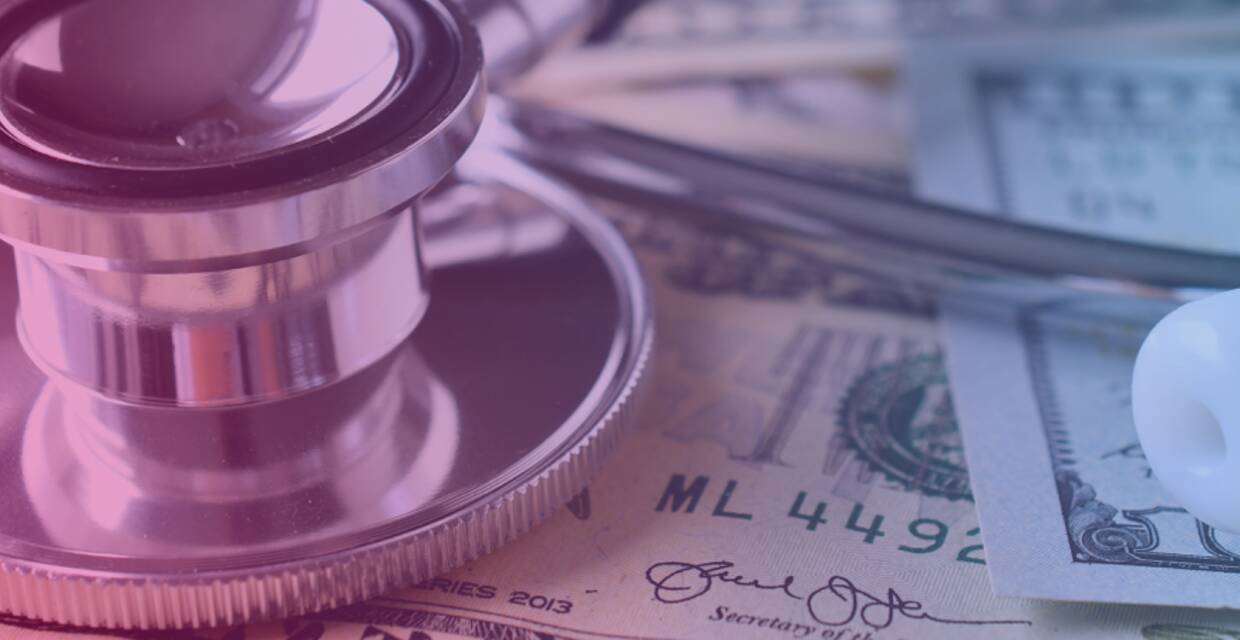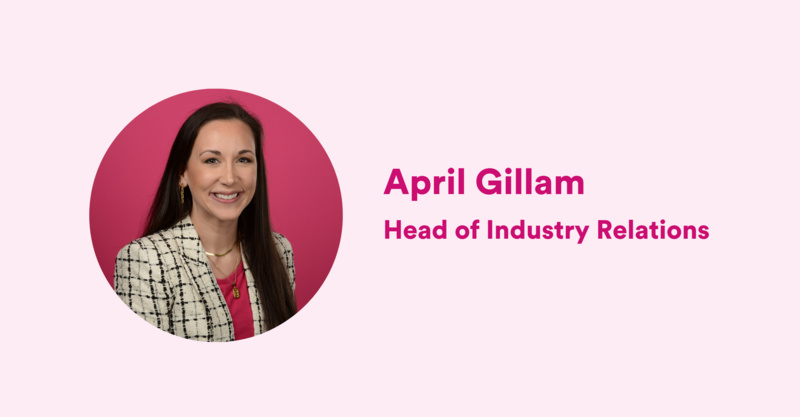Part three of a four-part series taking a look at the State of American Healthcare. Don't miss parts one and two on Veterans Care and Accessibility, respectively
Let’s face it, healthcare in America is expensive. In 2018, Americans spent $3.7 trillion on health services. That was an increase of 4.4% over 2017, and it looks like costs will continue to climb in coming years.
There’s often little to no transparency around what healthcare costs are, leaving many Americans confused and stressed. But consumers have come to expect transparency in almost all other areas of their lives. You can easily compare hotels on TripAdvisor, electronics on Amazon, and there’s an ongoing debate about showing drug prices in TV ads. But healthcare is one field where you can go into an appointment not really knowing what the cost will be.
With many patients now on high-deductible plans and looking for cost savings, urgent care is often the most cost-effective choice. Just look at what patients are doing to try to save money. Americans are traveling to places like Mexico and Canada for cheaper care, and crowdfunding sites like GoFundMe are now common areas where people seek money for healthcare needs (in fact, one in three GoFundMe campaigns are for medical costs, raising $650M last year alone). Given the consumer focus on price, clinics may miss out on potential patients if they aren’t transparent with the prices and services offered.
Stand out from the crowd by offering features like insurance verification prior to a patient’s arrival, and letting them know if they are in-or-out of network. Help patients have more knowledge around costs to set the right expectations and provide a positive experience. Being as transparent as possible for consumers can help you attract the right patients, build trust, and create a mutually positive experience.
Explore our full series on the State of American Healthcare
Part 1: Veteran Care
Part 2: Accessibility
Part 3: Costs
Part 4: The Staff Experience



